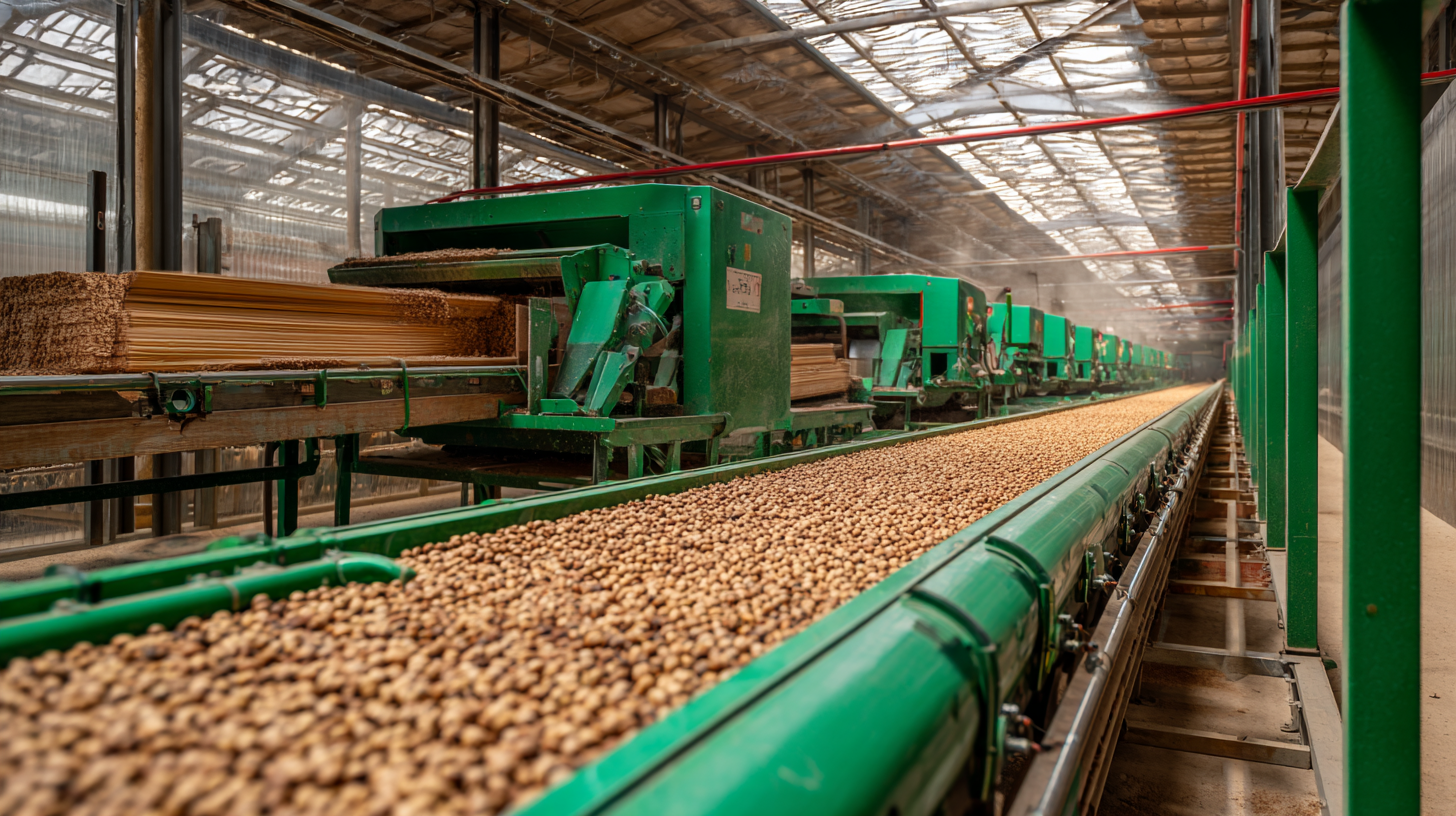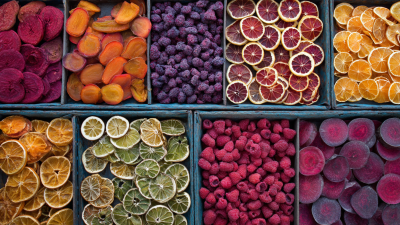Leave Your Message
In the realm of agriculture, post-harvest losses remain a significant challenge, with global estimates indicating that approximately one-third of all food produced is wasted, translating to about 1.3 billion tons annually. As demand for food continues to rise in tandem with a growing global population, optimizing agricultural practices is essential. One innovative solution that addresses this issue is the use of crop dryers, which have been shown to reduce post-harvest losses by as much as 30%. By effectively lowering moisture content and preventing spoilage, crop dryers not only enhance the quality of yields but also contribute to better marketability and increased profitability for farmers. Reports from agricultural studies emphasize that implementing crop dryers can lead to substantial improvements in food security and sustainability, making them an invaluable asset in modern farming practices.

Crop drying is a vital process in agriculture that significantly impacts the quality and storage of harvested produce. By removing excess moisture from crops, drying not only enhances shelf-life but also prevents the growth of mold and pests that can lead to substantial losses. Effective drying methods ensure that grains and other produce maintain optimal quality, which is essential for market competitiveness and food security.
**Tips for Effective Crop Drying:**
1. Optimize drying temperatures: Use temperatures that are specific to the type of crop to prevent damage while effectively reducing moisture levels.
2. Utilize airflow: Ensure proper ventilation during the drying process; this can drastically improve efficiency and reduce drying time.
3. Monitor moisture content: Regularly check moisture levels with a moisture meter to determine the right time to store your crops and avoid spoilage.
Emphasizing the importance of crop drying is essential for farmers aiming to maximize yield quality and minimize post-harvest losses. By integrating efficient drying practices, agricultural producers can not only preserve their hard-earned harvests but also enhance overall productivity and profitability in their operations.

Post-harvest losses represent a significant challenge for farmers worldwide, impacting both food security and economic stability. Common losses occur during harvesting, handling, and storage, often due to inadequate drying methods and poor environmental conditions. For instance, grains can suffer from mold and spoilage when moisture content remains high, leading to considerable reductions in quantity and quality. The effects of these losses extend beyond farmers, threatening food availability and increasing prices for consumers.
The introduction of crop dryers can effectively mitigate these losses. By providing controlled drying environments, these systems significantly reduce the moisture content in harvested produce, thereby minimizing spoilage and preserving quality. With a reported capability of decreasing post-harvest losses by up to 30%, crop dryers not only help in maintaining the integrity of the yield but also enhance its market value. As farmers adopt these innovations, they can significantly improve yield quality, ensuring a more reliable supply of food products and fostering greater resilience in agricultural systems.
When it comes to post-harvest management, the choice of crop dryer can significantly impact the efficiency of drying processes and the quality of yields. Different types of crop dryers are available, each designed to cater to specific agricultural needs and conditions. For instance, solar dryers utilize renewable energy, making them an eco-friendly choice. They are particularly effective in regions with abundant sunlight, as they harness solar energy to reduce moisture levels in crops. On the other hand, forced-air dryers employ mechanical fans to circulate warm air, ensuring even drying and minimizing the risk of spoilage.
Tip: When selecting a crop dryer, consider the climatic conditions of your area. Farmers in humid regions may benefit more from forced-air dryers to combat excessive moisture, while those in sunny locales can opt for solar dryers for cost-effectiveness and sustainability.
Another type worth mentioning is the drum dryer, which is ideal for bulk drying. This type can handle large quantities of crops, making it a favorite among commercial operations. The design allows for uniform drying, which helps maintain high quality and reduce spoilage.
Tip: Always gauge the capacity of your chosen dryer against your harvest size to ensure optimal performance and prevent bottlenecks during peak seasons.
Effective drying techniques play a crucial role in optimizing crop quality, particularly in reducing post-harvest losses. High moisture content in harvested crops often leads to spoilage and deterioration, emphasizing the need for efficient drying methods. Recent advancements in energy-efficient drying technologies, such as those applied to sweet potatoes, highlight the importance of understanding moisture loss and drying kinetics. By tailoring operating conditions and utilizing diverse drying methods, farmers can significantly enhance the quality-related attributes of their crops.

Moreover, the integration of smart agricultural technologies, such as IoT systems, allows for real-time monitoring of soil and crop conditions. This approach not only optimizes drying processes but also improves overall agricultural output. Studies have shown that incorporating precise soil information and efficient drying techniques can lead to greater preservation of essential nutrients and bioactive compounds in crops like Moringa oleifera and lemongrass. Through these innovative strategies, farmers can achieve higher yield quality while minimizing post-harvest losses, ultimately contributing to more sustainable agricultural practices.
Investing in crop drying technologies presents significant economic benefits for farmers, particularly in reducing post-harvest losses and enhancing yield quality. With an estimated 30% reduction in losses due to improper drying methods, farmers can retain more of their harvest, ensuring greater returns on their investments. By utilizing advanced drying techniques, not only do they decrease the risk of spoilage and mold, but they also improve the marketability of their crops, which can lead to higher prices and better profit margins.
Furthermore, the initial costs of implementing crop drying technologies often pay off in the long run. Enhanced crop quality translates into increased consumer demand, allowing farmers to explore premium markets. Moreover, efficient drying reduces labor costs associated with traditional drying methods, thereby contributing to overall operational savings. As agricultural sectors evolve, embracing innovative drying solutions is not merely an option but a strategic move toward sustainable farming practices and improved financial viability.
| Technology Type | Initial Investment ($) | Post-Harvest Loss Reduction (%) | Yield Quality Improvement (%) | Annual Savings ($) | Payback Period (Years) |
|---|---|---|---|---|---|
| Solar Crop Dryer | 5,000 | 30 | 20 | 1,500 | 3.33 |
| Electric Crop Dryer | 15,000 | 25 | 15 | 2,000 | 7.50 |
| Gas-Fired Crop Dryer | 10,000 | 20 | 10 | 1,200 | 8.33 |
| Hybrid Crop Dryer | 20,000 | 35 | 25 | 3,500 | 5.71 |






